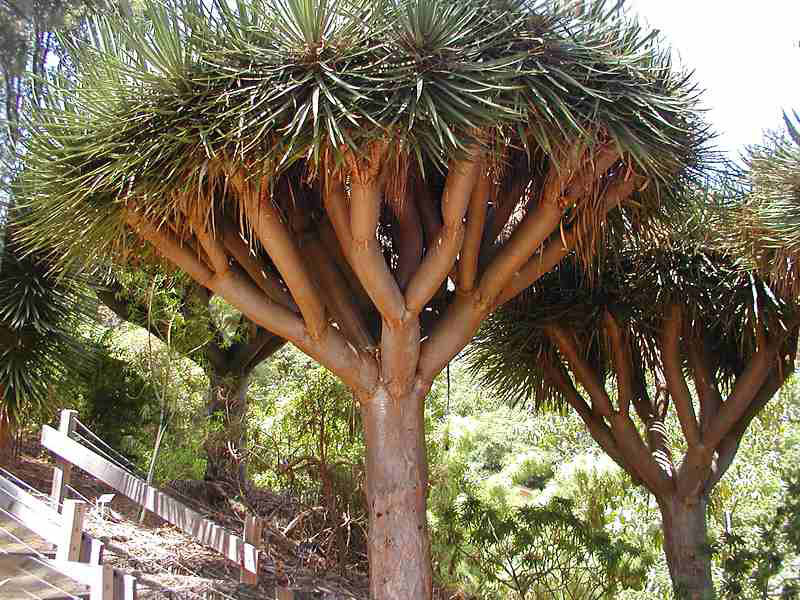From wikipedia
The inhabitants are of Arab, Somali, and South Asian origins. They follow the Islamic faith and speak Soqotri, a Semitic language. Their primary occupations have been fishing, animal husbandry, and the cultivation of dates. Almost all inhabitants of Socotra, numbering nearly 50,000,[10] live on the homonymous main island of the archipelago. The principal city, Hadibu (with a population of 8,545 at the census of 2004); the second largest town, Qulansiyah (population 3,862); and Qād̨ub (population 929)[citation needed] are all located on the north coast of the island of Socotra. Only a few hundred people live on the islands of 'Abd-al-Kūrī and Samha; the island of Darsa and the islets of the archipelago are uninhabited.[citation needed]The archipelago forms two districts of the Hadhramaut Governorate:
- the district of Hadibu (حديبو), with a population of 32,285 and a district seat at Hadibu, consists of the eastern two-thirds of the main island of Socotra;
- the district of Qulansiyah wa 'Abd-al-Kūrī (قلنسيه وعبد الكوري), with a population of 10,557 and a district seat at Qulansiyah, consists of the minor islands (the island of 'Abd-al-Kūrī chief among them) and the western third of the main island.
The former capital is located to the east of Hadibu. A small Yemeni Army barracks lies at the western end of Hadibu, and the President of Yemen, Ali Abdullah Saleh, has a residence there.[citation needed]
The Semitic language Soqotri, spoken originally only in Socotra, is related to such other Modern South Arabian languages on the Arabian mainland as Mehri, Harsusi, Bathari, Shehri, and Hobyot. Soqotri is also spoken by minority populations in the United Arab Emirates and other Gulf states.
Some residents raise cattle and goats. The chief export products of the island are dates, ghee, tobacco, and fish.
At the end of the 1990s, a United Nations Development Program was launched with the aim of providing a close survey of the island of Socotra.[citation needed]
The majority of male residents on Socotra are reported to be in the J* subclade of Y-DNA haplogroup J. Several of the female lineages on the island, notably those in mtDNA haplogroup N, are found nowhere else on earth.

